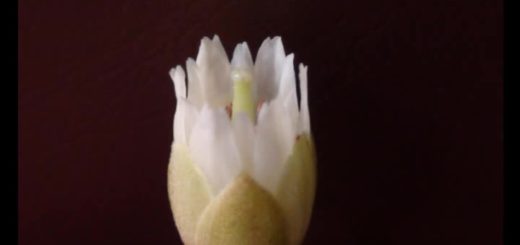How we produce and hear sounds ?
Have you ever heard your echo ? What happens when you shout in a big hall or a closed room ? You hear your own voice after a few seconds of having produced them. How does this happen ?
First , how do you produce sound ?
You produce sound by pushing air from your lungs through the vocal chords in your throat. Passing air makes these vocal chords vibrate , like the window panes of a moving bus.
{ To see this , roll a paper as round as the size of your lips when you say ‘O’ and blow into it by putting your lips around it . Feel the paper along its long side as you do this. If you blow strongly , you will find it vibrating and a rrrrrmm sound being produced. }
If you place a vibrating object next to another object , it also starts to vibrate . Even the air around the vibrating object also begins to vibrate . Though we can’t “see” the vibrations.We “ hear” them. Sound is nothing but air vibrating when it is in contact with a vibrating or moving object.
When the vibrations of your vocal chord reach your lips , the air around it begins to vibrate . How ?
Air particles , in a small space near your mouth are pushed out , creating an “ empty” space where they had been . Surrounding particles rush to fill the space . By that time an empty space is created in front of it , as the particles that had been pushed out at first have moved on from where they were after being pushed out. As you keep moving your lips , vibrations continue and air particles transmit this pushing – pulling to their neighbours farther from your lips. A long ‘train‘ is formed in the air with alternate volumes of a large number of particles and very few number number of particles. The region where there are many particles , is where we say “ Air Pressure” is large. Region with few particles has smaller Air Pressure.
This ‘train’ is just like a ripple or a water wave you may have seen or drawn on the top of a of a sea. Just like water waves travel along the surface of the sea or a pond , these sound waves travel to far distances in the air , jiggling particles along their way. These moving particles and what you now know of as their Air Pressure affect our eardrums and transmit their vibrations to it . These vibrations on reaching our brain make us feel that we have heard “something”
If you want to look at how this train travels , look at the photograph below :
Let us take a look at the Teacher’s Scribbles , linked below , to learn more about these trains which are called Waves.
In summary , we learn that we force the air from our lungs to make our vocal chords vibrate. They go on to transfer the vibration to the air particles through our lips , producing a sound wave . That’s when we produce a sound. These particles fall on our eardrums , transfering their vibration once again , making us able to hear sounds.
Let us now answer the question we asked at the beginning .
How do we hear an echo ?
When we shout in a hall , sound waves produced from our moving lips fall on the four walls and the roof. They carry vibrating air particles which , bounce from these surfaces and come back to our ears , to vibrate the eardrums. We say that the sound wave has been “reflected” from the walls. We first hear a sound when we produce it. The waves take some time to get reflected and come back to our ears. We again hear the same sound , after some time when they do so. This is the “echo” of our own voice.
Keep all of this in your mind as you read along . You can also come back and read them again when these are mentioned later.
We will see how a bat “sees” at night with the help of sound. It does something very similar to what you do when you hear an echo of your own voice.
You should take a look at the Teacher’s Scribbles on Waves , if you haven’t already done so .
Text: Kumar Arunachal, June 2011



